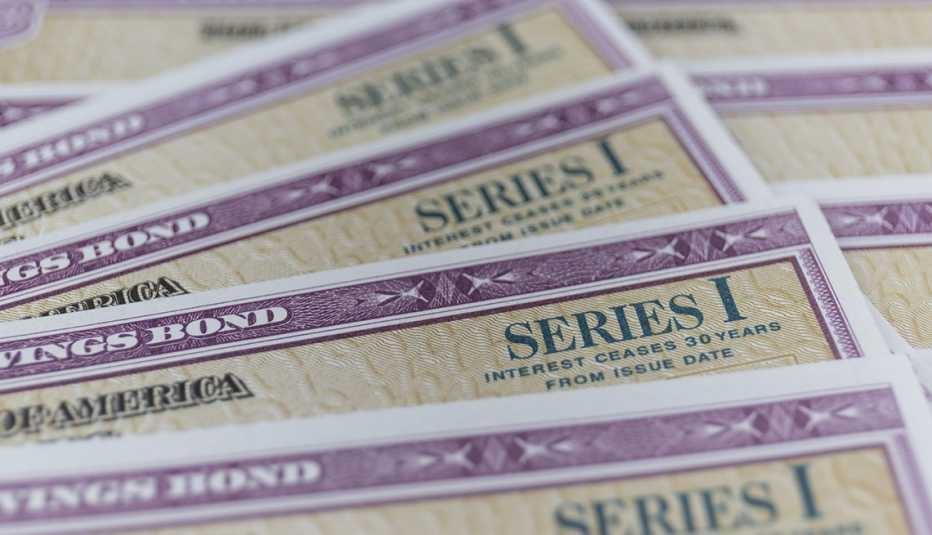Staying Fit


AARP Membership— $12 for your first year when you sign up for Automatic Renewal
Get instant access to members-only products and hundreds of discounts, a free second membership, and a subscription to AARP the Magazine.
Gasoline prices are soaring again, after a little respite in mid-April. At last check, the national average for a regular gallon of gas stood at $4.40. That’s up about 50 percent from a year ago and sets a new record high. It surpasses the previous high of $4.33 per gallon, set in March. In the past two weeks prices at the pump have jumped 20 cents. Since Russia invaded Ukraine at the end of February, gas prices have risen about 80 cents per gallon.
That surge at the pump has left many Americans scratching their heads. Just when they thought gas prices were finally bottoming out, they set new highs. While the war in Ukraine can be blamed, it’s not the only cause of soaring prices. For April the Consumer Price Index, a broad measure of the prices of goods and services, jumped 8.3 percent year-over-year.
Here are four reasons you’re paying more at the pump now and will into the foreseeable future.
1. Crude oil prices
Russia’s invasion of Ukraine has had a direct impact on the price of crude oil and, thus, the amount you pay at the pump. With the war nearing its third month and with no end in sight, Russia will continue to be a big culprit for rising gas prices. Last week was a great example. The global price for crude oil skyrocketed after the European Union announced it would ban the use of Russian oil over the next six months. That sent the price of crude oil up $10 a barrel last week, according to Robert Sinclair, a spokesman for AAA Northeast. “Crude oil makes up 50 percent of gasoline. It’s the main ingredient and is now much more expensive,” he says. Even Saudi Arabia’s announcement that it will sell crude oil to European and Asian customers at a discount may not help. “Saudi Arabia may sell at a discount, but they didn’t say they will produce more. Even with a discount, everybody has the same amount of crude oil,” Sinclair points out.
2. Weather extremes
Hurricane season in the U.S. kicks off June 1 and is expected to be a busy one. Although that is not exerting pressure on gas prices today, it takes only one storm on the Gulf Coast for those prices to be off the charts tomorrow, Sinclair says. According to Colorado State University’s Seasonal Hurricane Forecasting Report, 19 storms are expected this year, with nine of them hurricanes. That compares with 14.4 storms and 7.2 hurricanes, on average, from 1991 through 2020. The university expects four major hurricanes this season, instead of the average 3.2. “We anticipate an above-average probability for major hurricanes making landfall along the continental United States coastline and in the Caribbean,” the university wrote in its forecasting report.
3. Switch to summer blends
As the weather gets warmer refiners switch to summer blends of gasoline, which have lower vapor pressure, helping to prevent the evaporation of gas in the summer sun. This blend also costs more, which puts further upward pressure on gasoline prices. “They were supposed to make the switch to more expensive blends of summer gasoline in April, but we’ve come to find out they are still using winter gasoline until June 1,” Sinclair says. Once refiners make the switch, gas prices could increase even more, he warns. Sinclair notes that the use of the summer blend was suspended after Hurricanes Katrina and Rita in 2005 but that similar discussions are not occurring today. “They are really limited in what they can do. The price of crude oil is a globally priced commodity.”



































































